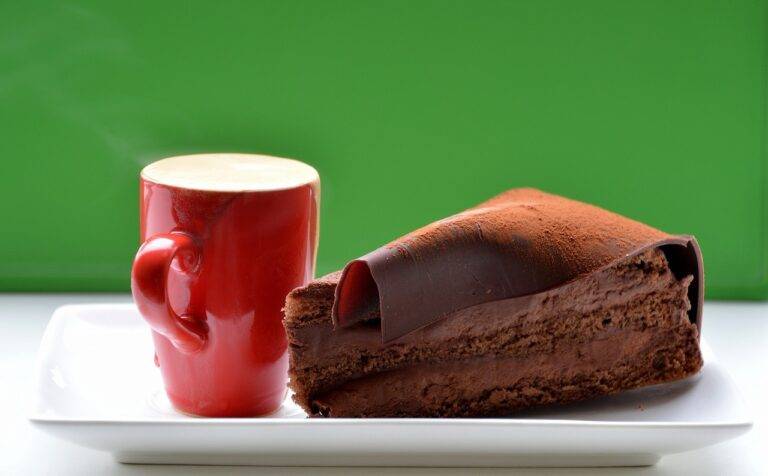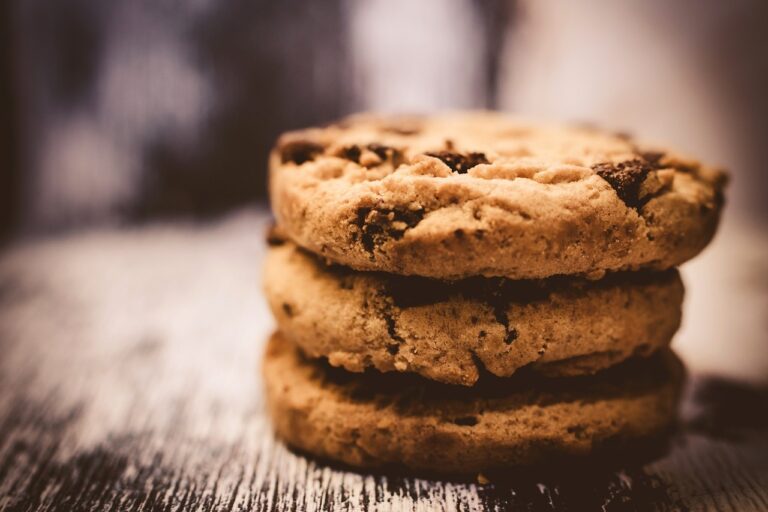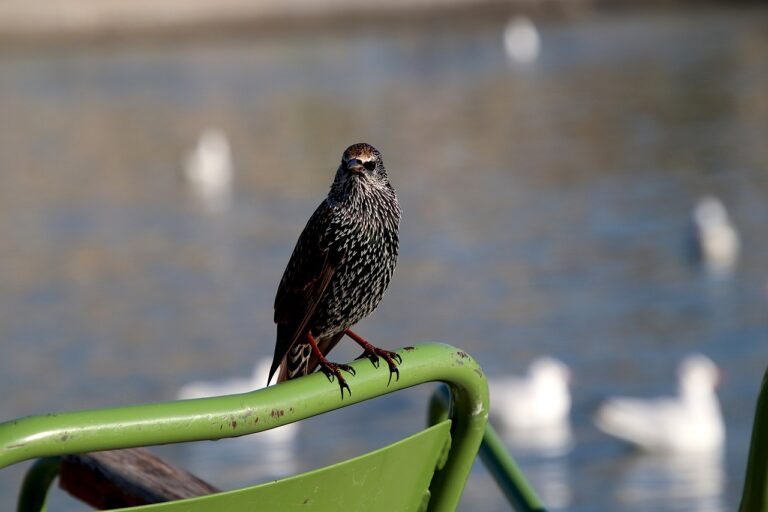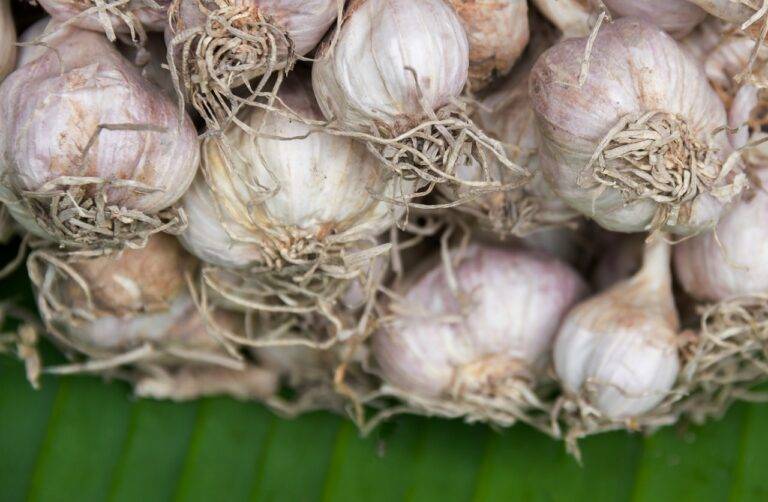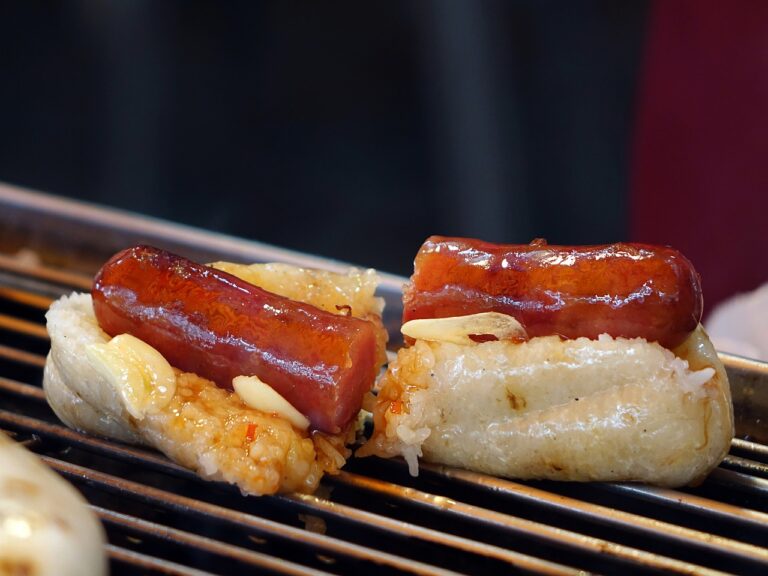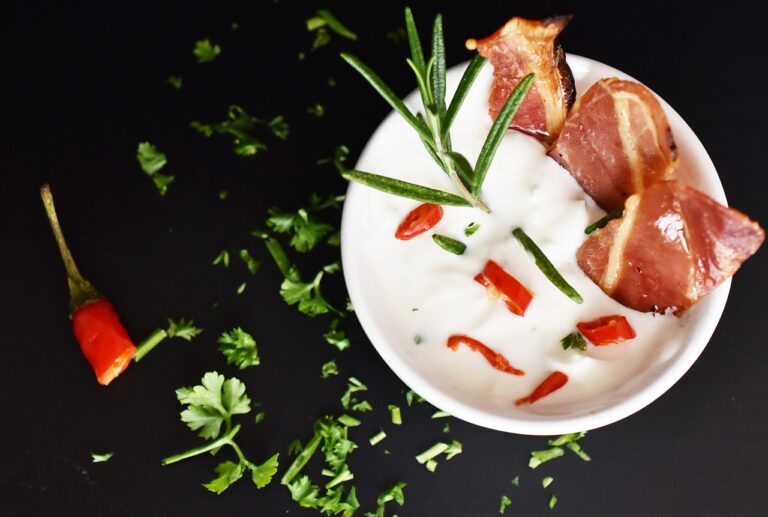The Art of Food Sculpting and Edible Art
When it comes to food sculpting, the benefits extend beyond just visual appeal. This intricate art form allows chefs and artists to showcase their creativity and talent in a unique and edible way. By transforming ordinary ingredients into stunning masterpieces, food sculpting can elevate a dining experience to a whole new level, leaving a lasting impression on guests.
In addition to being visually striking, food sculpting also offers a sensory experience that goes beyond taste. The intricate designs and shapes created through food sculpting can engage all the senses, creating a truly immersive dining experience. From intricate fruit carvings to elaborate sugar sculptures, food sculpting adds a touch of artistry and elegance to any dish, making it a memorable and delightful experience for both the creator and the consumer.
History of Edible Art
Edible art has been a part of human culture for centuries, with documented evidence dating back to ancient civilizations such as the Egyptians and Greeks. These early societies used food not only for sustenance but also as a form of artistic expression, showcasing their creativity and craftsmanship through elaborate food presentations.
In the medieval period, elaborate feasts and banquets were hosted by royalty and nobility, where food was often sculpted into intricate shapes and designs to impress and entertain guests. These edible creations were symbols of wealth and power, with skilled artisans known as “subtlety makers” tasked with creating these culinary works of art.
What are the benefits of food sculpting?
Food sculpting allows for creativity and artistic expression, enhances presentation of dishes, and can make meals more visually appealing.
How far back does the history of edible art go?
The history of edible art can be traced back to ancient civilizations such as the Egyptians and the Romans who used food as a form of artistic expression.
Is edible art a modern concept?
While the term “edible art” may be more modern, the concept of using food as a medium for art has been around for centuries.
How has edible art evolved over time?
Edible art has evolved from simple food decorations to intricate sculptures and installations, often seen at events and competitions today.


